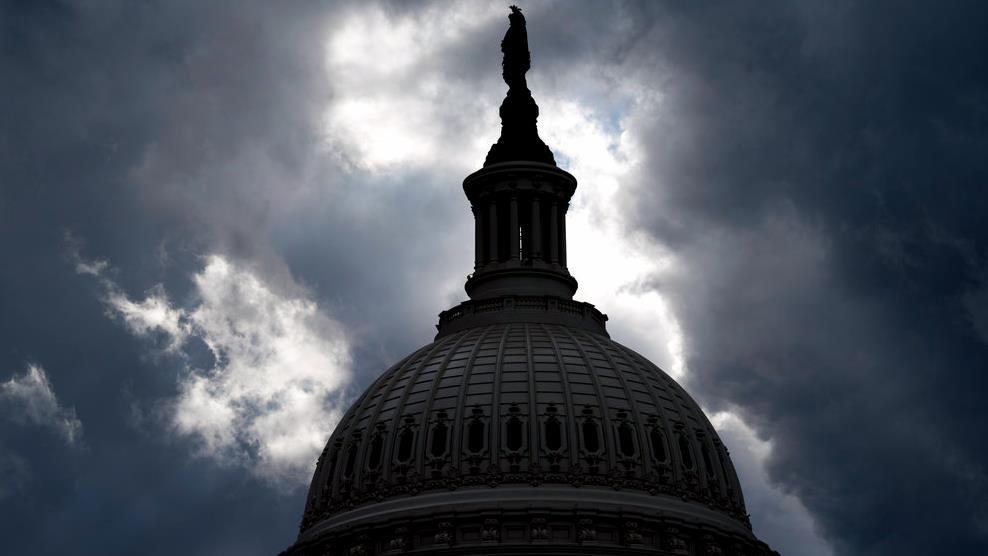Trump pushes ‘safe, strong’ America with US military funds in limbo
The theme of President Donald Trump’s first State of the Union address is “a safe, strong and proud America,” at a time when U.S. military funding remains in limbo.
Congress passed another continuing resolution (CR) earlier this month in lieu of concrete budget appropriations. The temporary solution continues funding at 2017 levels and endangers U.S. military readiness.
The 2017 budget was due on Sept. 30.
In his State of the Union speech, Trump will address progress made against ISIS in both Iraq and Syria, but some believe he cannot build up the military without a concrete budget in place.
At a press conference in December, chief Pentagon spokesperson Dana W. White said “nothing has a greater impact on combat readiness than CRs.”
Failing to pass a budget causes uncertainty that trickles down to many aspects of military planning, including fulfilling contracts.
"What the CR says is, 'Stop, wait, don't award that contract yet,'” David Norquist, comptroller at the U.S. Department of Defense, told reporters at the same December conference.
Training plans, operations and maintenance programs and acquisitions can all be halted without new appropriations, which all impact the military’s ability to meet combat commanders’ requirements.
Continuing resolutions also waste taxpayer dollars. U.S. Navy Secretary Richard Spencer said the branch has squandered billions of dollars since 2011 due to the use of CRs.
“We have put $4 billion in a trash can, poured lighter fluid on it, and burned it,” Spencer said in December. “Four billion is enough to buy a squadron of F-35s, two Arleigh Burke-class destroyers, 3,000 Harpoon missiles. It’s enough money to buy us additional capacity that we need. Instead, it’s lost, because of inefficacy in the ways of the continuing resolution.”
The president has outlined an ambitious national defense strategy for the country, which includes not only a military expansion, but economic prosperity and trade reform. The White House is expected to release its full 2019 budget next month, which will call for $719 billion in defense spending, an increase of 7% over the current year’s unfulfilled requests.
Meanwhile, under the sequester, the Pentagon faces a spending limit for the current fiscal year of $549 billion, which is less than the amount requested in the fiscal-year 2018 defense budget. In order to increase resources Congress would need to vote to raise the budget caps put in place under the Budget Control Act (BCA) of 2011, or get rid of them entirely.
Office of Management and Budget director Mick Mulvaney told FOX Business on Monday that defense spending will be the administration’s “next big fight.”
This week, the House voted to pass a standalone military budget measure. However, the bill’s fate is less certain in the Senate, where a funding battle has been brewing over “Dreamers,” or children born to illegal immigrants.
Democrats have also demanded that non-military spending rise in step with defense spending.
The most recent CR runs out on in early February.




















